CNC turning is an advanced mechanical machining method that can control drilling, milling, cutting, and other actions through computer programs to produce high-precision and high-quality mechanical parts.
Therefore, different types of lathes and tools have different advantages and applications in CNC machining. In this article, we will extensively discuss the different types of lathe tools commonly used in CNC turning. In addition to these, you can also learn how to choose suitable lathe tools, what CNC lathes are, and the applications of different lathes from this article. Please continue to read and learn more.
What is a CNC lathe?
CNC lathes can accurately process various metal, non-metal, and composite materials, including complex shapes such as threads, edges, and grooves.
It is a system control tool through computer numerical control (CNC) that enables it to perform various complex operations according to pre designed programs. By writing G-code, the operator can specify a series of parameters such as the tool to be cut, cutting speed, cutting depth, cutting path, etc. Under CNC control, the machine tool can perform high-precision machining operations according to these instructions, producing high-quality parts and components.
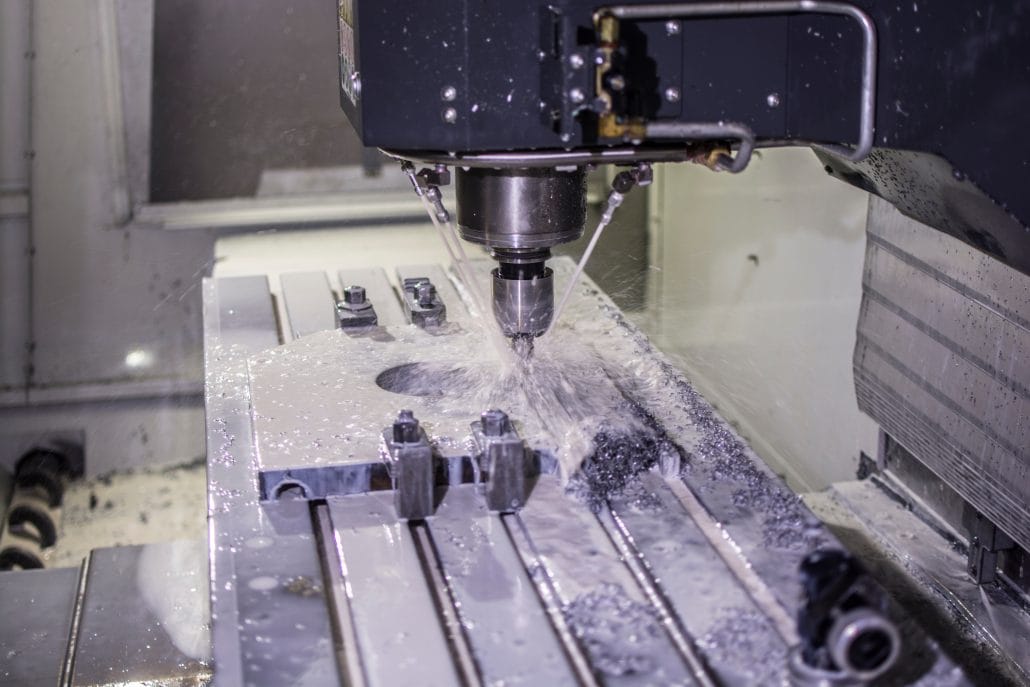
Common CNC lathe types
To gain a comprehensive understanding of CNC lathes, let’s start by learning what types of CNC lathes are available,Below, we will introduce several common CNC lathes to provide reference for your project.
Classification by number of axes
CNC lathes can be divided into 3-axis, 4-axis, 5-axis, or even 6-axis based on the number of shafts, and different shaft numbers represent different machining capabilities and effects.
3-axis CNC lathe
A three axis CNC lathe has three axes, namely the X axis, Y axis, and Z axis. The X and Y axes are perpendicular to the Z axis and can control the coordinates and direction of the workpiece. By converting the tool coordinate system to the workpiece coordinate system, complex curve machining can be achieved. Three axis CNC lathes can be applied in fields such as mechanical parts machining and automotive parts machining , and are widely used in digital operations.
4-axis CNC lathe
The four axis CNC lathe has added a C-axis, namely the rotary axis, on top of the three axis CNC lathe. It can rotate itself along the Z-axis and process along the X, Y, and Z axes. It can be used for high precision machining of rotating shafts, threads, and inclined parts. Compared to three-axis CNC lathes, its machining range is wider.
For more detailed information on 4-axis CNC machining and 5-axis CNC machining, please click on the link【4-Axis CNC Machining And 5-Axis CNC Machining: How To Choose】
5-axis CNC lathe
The five axis CNC lathe adds a rotating axis on top of the four axis CNC lathe, which can complete machining in all directions. It can be used for three-dimensional machining, which is usually widely used in industries such as aviation, aerospace, automotive, mold, casting, etc. Using a five axis CNC lathe, the angle between the sliding direction of the tool and the workpiece can be controlled at any position.
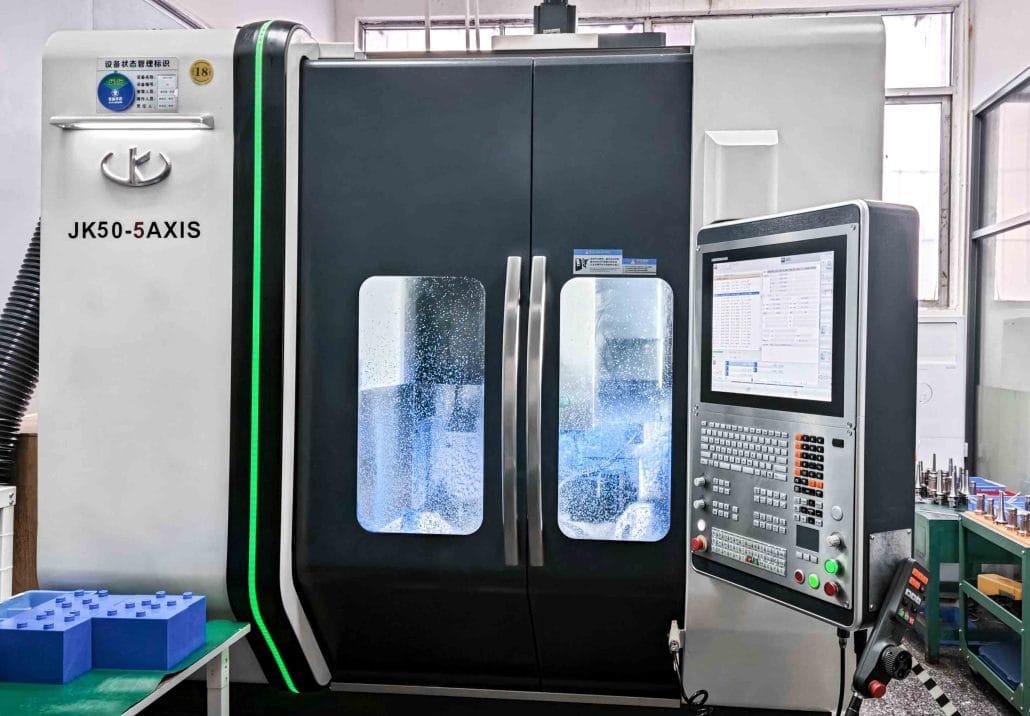
6-axis CNC lathe
The six axis CNC lathe is more unique compared to the previous several types. In addition to the Z, X, Y, and C axes, it also adds the A and B axes. The A axis can rotate along itself, while the B axis can rotate along the Y-axis direction of the machine tool. It is suitable for machining at any angle of tool feed, such as automatically rotating the tool during component machining , avoiding the time and cost of reinstalling the card.
The above is the content about classifying CNC lathes according to the number of axles. If you want to learn more detailed information, please click on the link【9 Different Types Of CNC Machining Processes】
Classification by application
Below, we will introduce several of the most common types of CNC lathes according to their application scenarios
Vertical lathe
Vertical lathes are very effective in cutting materials in machining because they can be adjusted to the correct position as needed. However, for some complex components, vertical lathes may not be the best choice.
Horizontal lathe
The machining capacity of horizontal lathes is higher than that of vertical lathes, as they can use more machining tools and are suitable for cutting and machining large workpieces. Due to its powerful functions and suitability for machining large and complex parts, horizontal lathes are widely used in the automotive, aerospace, construction, and transportation industries.
Flat lathe
A flat lathe is the best choice for precise leveling of flat or circular parts. Unlike other types of lathes, flat lathes can rotate along different axes, making them suitable for precision machining and positioning.
conclusion
Through the above content, we can help everyone understand that choosing the correct CNC lathe is very important in the machining industry. Various CNC lathes can meet different machining needs. When looking for suppliers, you should clarify your own needs in order to find the most suitable CNC turning services for your project.
Different types of CNC lathe components
The components of CNC lathes are the core components of CNC lathes, and different types of components have different characteristics and purposes. Please continue to read on
1.principal axis
The function of the spindle is to rotate the cutting tool or workpiece. During the rotation process, the spindle has different rotational speeds to facilitate the machining of various shapes and sizes of the workpiece. Different models of spindles can be suitable for different machining needs.
2.fixture
The fixture is used to clamp the workpiece for cutting operations. The fixture can be a mechanical fixture or a pneumatic fixture, which can be operated by a robotic arm or manual operation. The fixture must have high accuracy and stability to ensure that the workpiece does not move or deform, thereby affecting the cutting quality.
3.Guide rail
The guide rail is the movement path of the workpiece and tool on a CNC lathe, which has strong load-bearing capacity and rigidity. Guides can be divided into two types: linear guides and rolling guides. Linear guide rails are suitable for high-speed machining, while rolling guide rails are suitable for high speed and heavy load situations.
4.Turning tool
Turning tools are used to cut materials such as metal, plastic, and wood, including simple grooves, textures, and notches. Turning tools are usually composed of a single cutting edge, with specific shapes and angles to adapt to various operations.
5.Servo motor
Servo motor is a key component used for precise position control of the spindle and workpiece. It can accurately control the position and speed of the cutting tool, ensuring machining quality. Servo motors can be of two types: AC servo motors and DC servo motors.
6.pumping
The pump is mainly used for cooling cutting tools and workpieces. This component can prevent deformation of cutting tools and workpieces due to overheating, thereby ensuring the accuracy and surface quality of the processed parts. The pump can also wash away chips generated during the manufacturing process to maintain a clean machining environment
7.control system
The control system is the brain of CNC lathes. It controls the operation of the entire lathe. Different control systems are suitable for different machining needs, for example, CNC control systems are suitable for high-precision machining, and PLC control systems are suitable for ordinary machining needs.
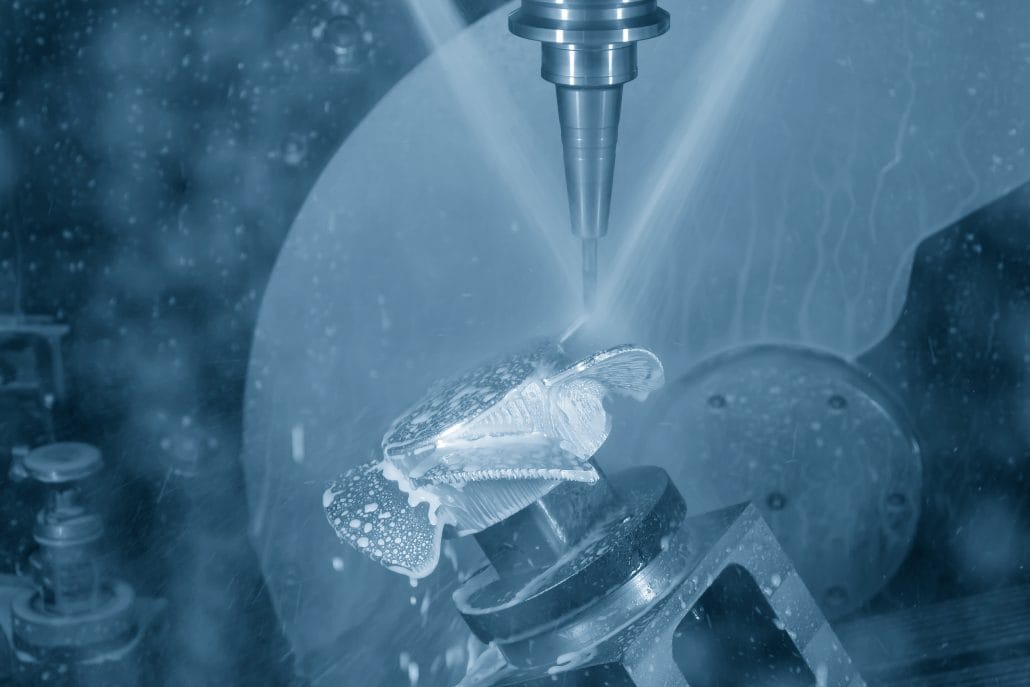
Types of CNC lathe tools
From the above knowledge of CNC lathes, it can be seen that CNC lathes have powerful functions. However, the performance of CNC lathes does not only depend on the machine itself, but also on the selection of cutting tools. Below is a detailed introduction to the common types of CNC lathe cutting tools.
Classification by structure
According to the classification of tool structure, CNC lathe tools can be divided into the following three categories:
1.Fixed blade
This type of cutting head is fixed on the lathe and does not engage in any movement. Therefore, it can only perform some simple machining , such as outer circles and drilling. However, due to the simple structure, high accuracy, and easy maintenance of fixed tool heads, they are still very important in the machining of some small workpieces.
2.Rotating blade
This type of cutting head can be rotated through system control and processed in different directions. The most common ones are rotatable slot cutters and turning tools. The advantage of rotating tool heads is that they can be processed in multiple directions, thus having high universality.
3.Knife tower
Knife turret is a type of tool head with a complex structure that can switch between multiple tools. Usually achieved through tool magazine and tool changer. The turret can quickly change tools as needed, thereby improving machining efficiency when machining multiple varieties and small batches of workpieces.
Classification by cutting method
According to the cutting methods of CNC lathe tools, CNC lathe tools can be divided into the following 7 categories:
1.Right angle milling cutter
A right angle milling cutter creates a flat surface by cutting on the material surface. This type of tool is very suitable for machining metals, especially materials such as steel plates, stainless steel, and copper.
2.milling cutter
A milling cutter can quickly remove metal from a workpiece. According to shape, it is divided into face milling cutters, ball end milling cutters, cylindrical milling cutters, etc.
3.Boring cutter
Boring cutters are tools used to process holes. Unlike drill bits, they can process the hole walls, resulting in higher accuracy. According to shape, it is divided into straight shank boring cutters and machine boring cutters.
4.Thread cutter
Thread cutters can effectively cut threads. They are suitable for various materials, including metal, plastic, and wood.
5.Face milling cutter
Face milling cutters can cut large areas of material surfaces in one operation. This type of tool is suitable for machining flat surfaces and grooves.
6.Drill bit
Drill bits are mainly used for hole machining . Drill bits are divided into solid drills and hollow drills, and are classified into cylindrical drills, taper drills, etc. according to their shape.
7.blade
Blades are commonly used for cutting materials with higher hardness. Blades are classified according to different materials, cutting speeds, and machining objects, such as high-speed steel blades, hard alloy blades, etc.

Classification by Material
According to the classification of materials used, CNC lathe tools can be divided into the following four categories:
1.Hard alloy cutting tools
Hard alloy turning tools are made of tungsten cobalt hard alloy and are characterized by high hardness and good wear resistance. They can be used to process both high hardness materials and low hardness materials. Hard alloy turning tools are mostly used for turning and milling, such as turning bolts, nuts, gears, reducer outer gear rings, etc
2.High-speed steel turning tool
High speed steel turning tools are made of high-speed steel and can also be divided into two types: ordinary high-speed steel tools and cobalt high-speed steel tools. They are suitable for turning, milling, and drilling of metal materials such as steel, cast iron, stainless steel, and non-ferrous metals.
3.Diamond turning tool
Diamond turning tools are made of artificial diamond, and their hardness can reach a Mohs hardness of 97-98. Diamond turning tools can process any material with high cutting efficiency and a relatively long lifespan.
4.PCD/CBN tools
PCD/CBN tool is a new type of superhard material tool. Its main materials are polycrystalline diamond and cubic boron nitride. The characteristics of PCD/CBN tools are high hardness, strong wear resistance, and good thermal stability, which are suitable for machining difficult to machine materials, such as cast iron, copper alloys, etc.
Classification by machining process
According to the classification of parts machining process, CNC lathe tools can be divided into the following three categories:
1.Rough machining tools
Rough machining tools are tools used for the initial machining process. Its main task is to remove a large amount of useless materials and create shapes. These tools usually need to withstand significant pressure and vibration, so they need to have higher hardness and be able to withstand significant impacts
2.Precision machining tools
Precision machining tools are tools used to improve the quality and accuracy of workpieces during machining on CNC lathes, with the aim of machining details and improving machining accuracy. This type of tool usually has precise dimensions and shapes, and can achieve high-precision cutting.
3.Special tools
Special tools are designed for special machining tasks. For example, a dedicated drill bit needs to be used during the drilling process to meet the size or depth requirements of the hole. This type of tool is generally customized to meet specific machining needs to achieve specific machining objectives.
Classification by feed method
According to the feed method classification, CNC lathe tools can be divided into three types: left-hand tools, right-hand tools, and round nose lathe tools
1.Left handed tool
Left-handed tools, also known as reverse milling cutters, are commonly used for turning the left side of the object being cut. Their cutting direction is exactly opposite to that of right-handed tools, and are usually used in the machining of external contours, corners, and thin-walled parts. Suitable for fine machining, especially for parts with high smoothness requirements.
2.Right-handed tool
Right-handed tool, also known as a milling cutter, is suitable for turning the right side of the object being cut. Commonly used in the manufacturing of threads and other spiral shaped parts because their rotation direction can assist in machining threads and spiral shapes. Due to the direction of cutting force directed towards the outside of the workpiece, the strength and rigidity requirements of right-hand tools are relatively low
3.Round nose lathe tool
Circular nose cutting tools are universal tools used for cutting and turning circular arcs on lathes. Its design allows for various shapes of metal machining , such as circles, squares, and sharp corners. Circular nose lathe tools come in various sizes and shapes, suitable for various machining processes.
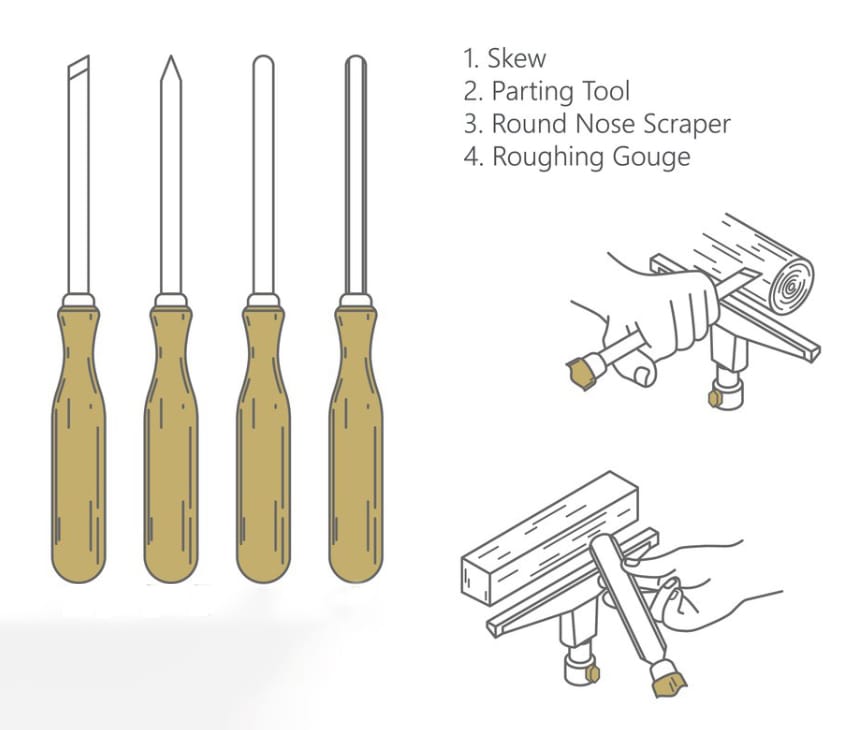
Different Operations of CNC Lathe Tools
According to different types of CNC lathes, the required part shapes can be obtained by performing different CNC lathe cutting operations. Below is a brief explanation of common CNC lathe operations in CNC machining projects.
1.Facing
Facing is the first step in lathe operation. Faced with a cutting tool, it is usually a right angle blade with a working angle of 90 degrees, which involves cutting metal from one end to make it at right angles to the shaft. It involves using cutting tools to vertically cut parts.
2.Conical cutting
Conical machining involves using composite sliders to cut metal into cones. It is used to process conical concave or convex surfaces, and you can also adjust the composite slider to change the angle or match different conical tools according to the desired angle
3.Chamfer
Chamfer is used to chamfer the edges of the processed object. Chamfering is usually done at an angle of 45 degrees, which is suitable for reducing damage to sharp edges. Chamfering tools can be designed with zero degrees or different angles, depending on the chamfer surface to be machined.
During the chamfering process, the cutting speed and tool depth should be determined based on the hardness of the processed material and the size of the chamfer
4.Parallel turning
Parallel turning can easily machine flat surfaces and create various machining objects, which is an important operation for reducing material diameter. In the parallel turning process, the operator should choose the appropriate tool and cutting speed, and determine the cutting direction and depth based on the size and shape of the workpiece
5.Parting
Parting is an operation used to separate materials, which can use a single blade or blade group to control the length and size of the workpiece.
6.Knurling
Knurling is a technique for machining patterns and grooves on a lathe. Knurling tools vary depending on the size, shape, and machining direction of the workpiece, and are suitable for increasing the grip of the product. In addition, during the knurling process, attention should be paid to the direction and angle of the knurling to avoid poor cutting and scratches.
How to choose the appropriate CNC lathe tool?
To produce precision parts, you need to choose the appropriate CNC lathe tool. Here is a list of methods for selecting the appropriate CNC lathe tool:
Understand the required materials
Different materials require different cutting tools. For example, titanium alloys require the use of high-speed cutting (HSCO) tools, while copper requires the use of high-speed steel (HSS) tools. If you need to process multiple materials, you can consider selecting multiple cutting tools for rotation.
The shape and size of the cutting tool
During the machining process, the larger the tool, the higher the machining efficiency, but it is also necessary to consider the load-bearing capacity of the machine tool. When considering the shape of the tool, it is necessary to select the cross-sectional shape of the tool based on the shape and parameters of the workpiece being machined
For example, when machining long and slender workpieces, long or longitudinal cutting tools should be selected to ensure cutting quality and efficiency; For machining arc shaped workpieces, radius blades or arc cutters should be selected to prevent surface burrs and damage.
coating
The coating of cutting tools can improve their hardness and wear resistance. Different coatings are used for different machining targets. For example, titanium coatings are used for high-speed milling, while carbide coatings are used for machining with good wear resistance. When selecting cutting tools, consideration should be given to the machining needs of the workpiece to select the optimal coating
Length and diameter
Tools of different sizes are suitable for different working ranges. The most important aspect of choosing the correct length and diameter is to choose according to the needs of the product you want to process. If you need to process smaller workpieces, you need to use smaller tools; On the contrary, if you need to process larger workpieces, you should use corresponding larger cutting tools.
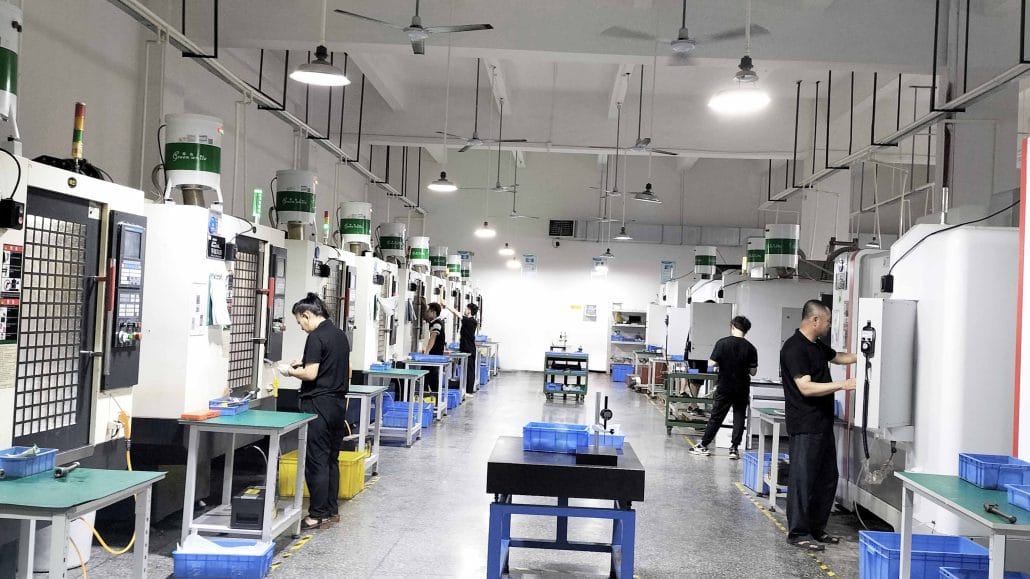
Longsheng Technology meets various parts machining needs
If you are not familiar with CNC turning technology, there may be some issues in selecting the appropriate CNC lathe machine and tool type, but if you have a team of experts do this for you, you don’t need to worry about not selecting the appropriate CNC lathe and cutting tools.
At Longsheng Technology, our engineers have years of experience in precision CNC machining and are familiar with different types of CNC lathe machines and the application of lathe tools. Help you choose the appropriate process for your project, choose us, and you will gain years of experience and an attitude towards high-quality delivery. Upload your CAD files immediately, and you will receive instant quotes and free DFM. Looking forward to working with you!
conclusion
CNC lathes and cutting tools are important links in the field of metal CNC machining. Choosing the right lathe tool can improve processing quality, form exquisite parts, and thus improve your manufacturing quality and efficiency.
I hope this article is helpful to you!
Author: Longsheng Technology
FAQ
The machining speed of a CNC lathe can be controlled by adjusting the speed setting of the CNC system. These settings include feed speed and cutting speed, which can be optimized according to actual needs.
The selection of suitable lathes and tools needs to be determined based on the requirements of the machining task. Factors to consider include processing materials, component dimensions, processing quality, etc. At the same time, it is also necessary to consider constraints such as budget and time.
CNC lathes control the movement of cutting tools through computer programs, while ordinary lathes require manual operation. CNC lathes can cut more accurately and achieve complex shapes and curves. At the same time, CNC lathes have higher production efficiency because they can run continuously and have better process repeatability.


